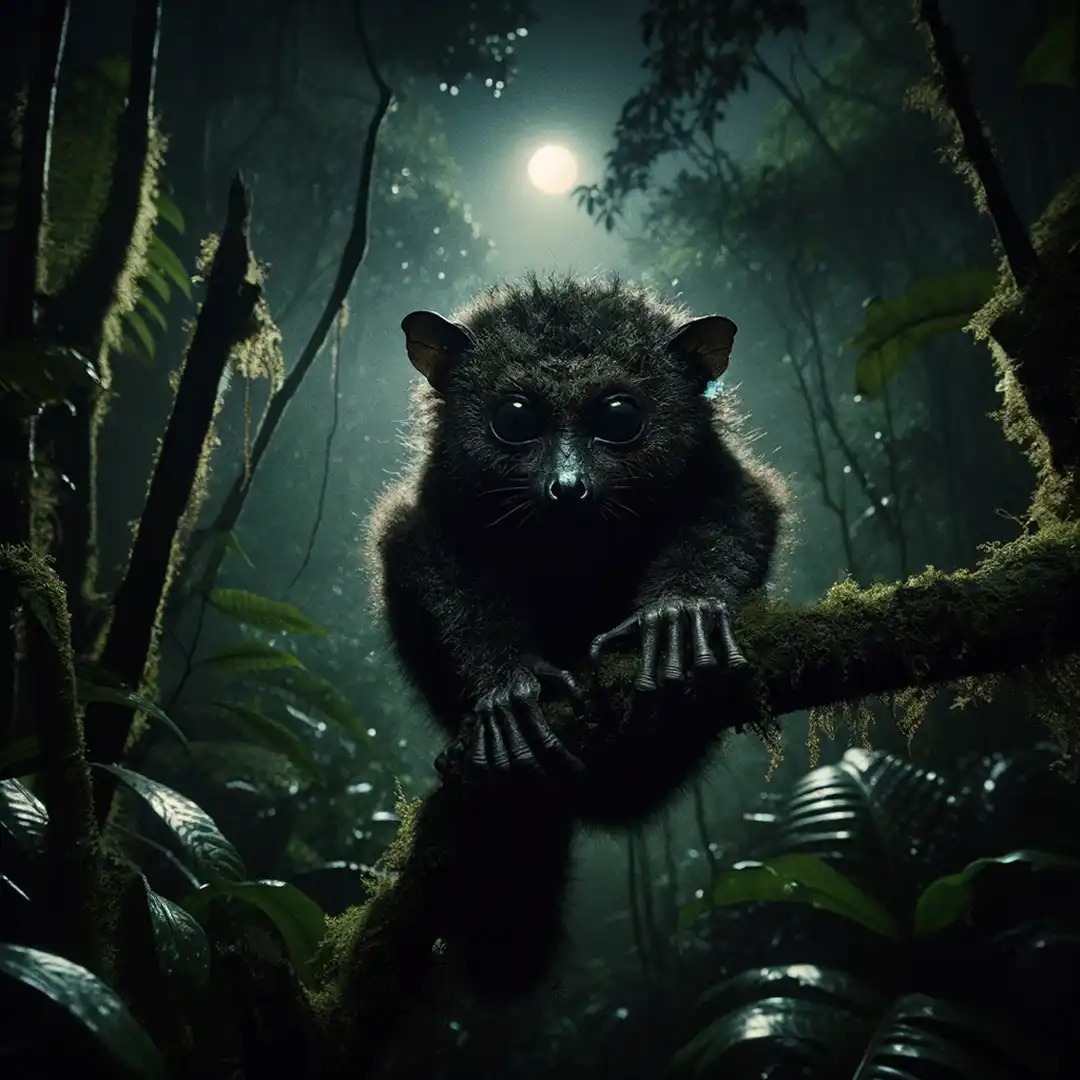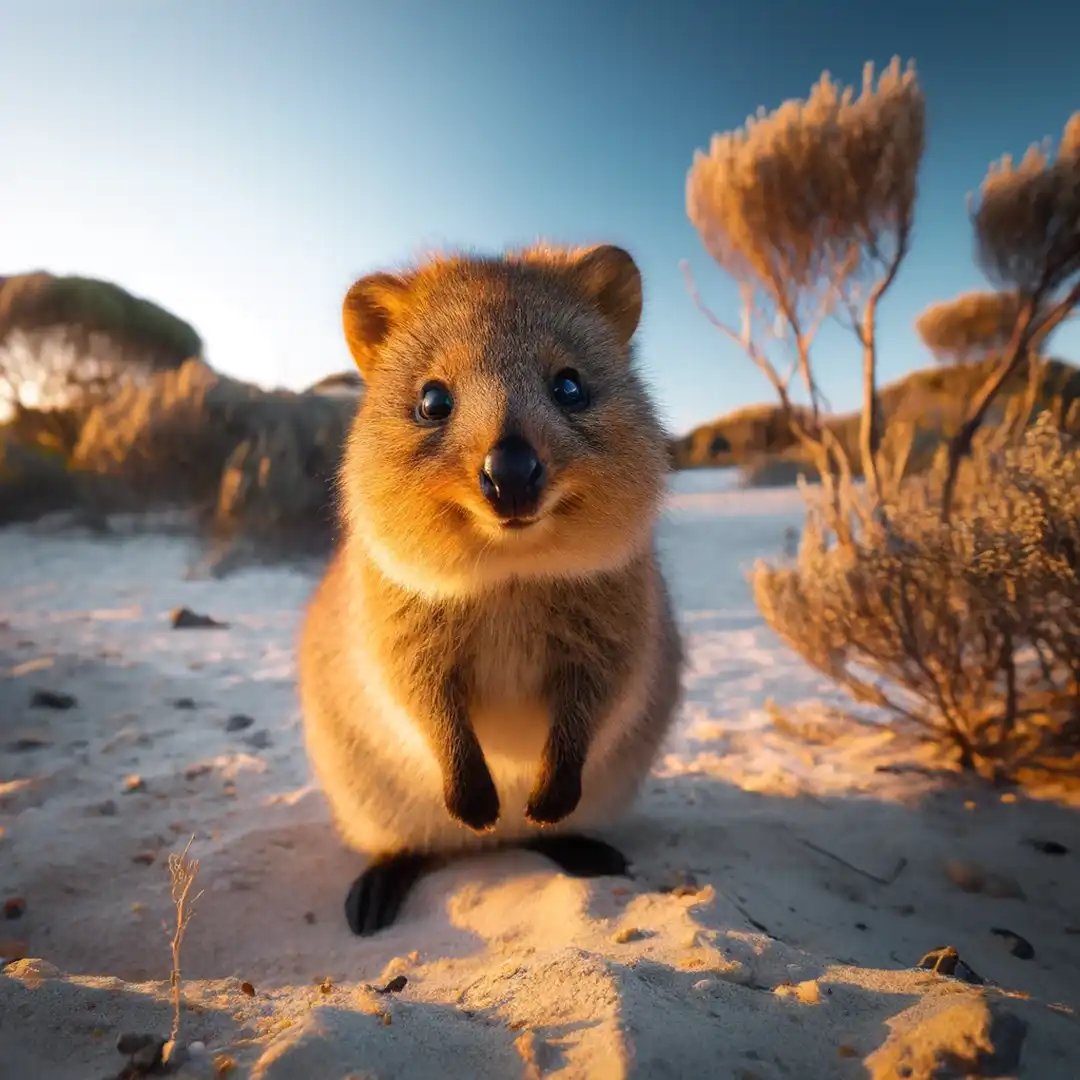Standing out is more challenging than ever. As AI continues to accelerate content creation, cultivating a unique and strong brand personality is crucial for differentiation. CMOs face the dual challenge of embracing new technologies while ensuring their brand remains relatable and distinct.
Defining Your Brand Personality
The first step in creating a distinctive brand personality is to understand and articulate the human traits and values your brand embodies. This involves more than just picking a few adjectives; it’s about encapsulating the essence of your brand’s human side.
Brand Archetypes
One effective approach is to use Brand Archetypes, a model based on Carl Jung’s theory. This framework categorizes brands into twelve universal character types, such as the Innocent, the Sage, and the Explorer.
For example, a cybersecurity company might choose the Guardian archetype, implementing proactive security measures and transparent communication strategies to symbolize guidance and prevention, thereby establishing a firm stance towards the greater good.
This method provides a clear structure for defining a brand’s traits, motivations, and values.
The Five-Dimensional Brand Personality Model
Another useful tool is Jennifer Aaker’s Five-Dimensional Brand Personality Model, which categorizes brand personalities into five dimensions: Sincerity, Excitement, Competence, Sophistication, and Ruggedness.
For instance, Nike aligns with the Excitement dimension through its dynamic and adventurous campaigns, while IBM represents Competence with its focus on expertise and reliability.
The Fascination Advantage System
Additionally, Sally Hogshead’s Fascination Advantage System helps identify how brands and individuals can become more captivating to their audience. This system complements the Five-Dimensional Model by focusing on the engaging aspects of a brand’s personality.
Implementing Brand Personality Across Content
Once you have a clear understanding of your brand’s personality, the next step is to consistently express it across all forms of communication.
Consistent Voice and Tone
Your brand’s personality should shine through in everything from your website and blog posts to social media and advertising. If your brand is playful, incorporate humor and casual language. Conversely, a serious brand should utilize precision and professionalism in its tone and content.
Practical Strategies
- Create Clear Guidelines: Develop a comprehensive messaging playbook that outlines your brand’s voice, tone, and style. This serves as a reference for all team members, ensuring consistency.
- Educate Your Team: Conduct training to ensure everyone understands and can convey the brand personality effectively. Story-mining workshops can help unearth real stories that highlight your brand’s traits.
- Lead by Example: As a leader, embody the brand personality in all communications and interactions, setting the standard for your team.
Balancing AI and Authenticity
Integrating AI into your content strategy doesn’t mean losing the human touch. AI should be seen as an assistant that enhances your brand’s unique voice. Use AI tools to streamline processes and optimize content for SEO, but always review and personalize AI-generated content to ensure it reflects your brand’s distinct personality. Examples include editing AI drafts to add unique brand idioms or adjusting the tone to align with your brand’s voice.
Conclusion
A distinctive brand personality is essential for standing out. By utilizing models like Brand Archetypes, Aaker’s Five-Dimensional Model, and Hogshead’s Fascination System, and implementing consistent voice and tone across all channels, CMOs can ensure their brands remain unique and authentic.
AI can enhance this process, ensuring your brand’s personality shines through in every piece of content.
Further Reading
- Zumaeta, G. (2024). Entrepreneurs’ Organization (EO). Founder of Motive3.
- Aaker, J. L. (1997). Dimensions of brand personality. Journal of Marketing Research, 34(3), 347-356.
- Hartwell, M., & Chen, J. C. (2012). Brand Archetypes.
- Hogshead, S. (Date Unknown). The Fascination Advantage System.
- Content Marketing Institute. (2019). How AI is changing content marketing. Retrieved from https://contentmarketinginstitute.com
- Davenport, T. H., & Kirby, J. (2016). Only humans need apply: Winners and losers in the age of smart machines. Harper Business.
- Forrester. (2018). The power of personalization in the age of the customer. Retrieved from https://forrester.com












